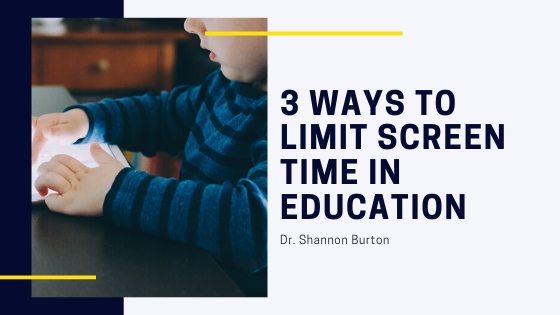Advances in technology have made a lasting impact on the way society functions, and that is especially true in educational settings. While the integration of technology has made teaching and learning more effective on an individualized basis, an overabundance of screen time has been shown to have detrimental effects on a child’s habits, academic performance, and health. In order to promote better educational practices and overall health in children, limiting screen time in education may be a worthwhile pursuit.
Interdisciplinary Approach
While technology has become more prominent in education and society as a whole, it should not be prioritized above other methods of teaching due to its prominence alone. Traditional methods of education including physical books, quizzes, and creative projects still hold merit. Rather than replacing traditional methods of teaching, technology should be used to complement these practices in a way that limits the amount of unnecessary screen time children experience each day. Additionally, utilizing new and traditional methods of education can improve a student’s ability to adapt to new situations, process new material, and retain more information.
Strategic Integration
An important thing to remember when considering the application of technology is the fact that technology is a tool, not a solution. In other words, while technology can be used in a productive fashion, it should not be used without proper research and planning. Educators should strive to learn about technological applications and how they can best integrate technology into the classroom to best facilitate understanding and retention.
Technology Education
If an educator is not knowledgeable about the technology they are utilizing, they will not be able to maximize its effectiveness when teaching students. Similarly, if students are not adequately prepared to engage with technology in a productive and educational way, they will not benefit from the technology in the classroom. Rather than use technology in education for the sake of using it, educators should strive to be informed about trends, best practices, and useful resources prior to bringing technology into the classroom; doing so can ensure that students are using technology to further their education while also gaining general knowledge to enhance their usage of technology beyond the classroom.
The problem with technology in education is not that it is too prominent but rather that it is not yet being utilized as well as it could be incorporated. Educators should strive to integrate technology in productive, meaningful ways to complement traditional teaching methods and encourage individual development.

